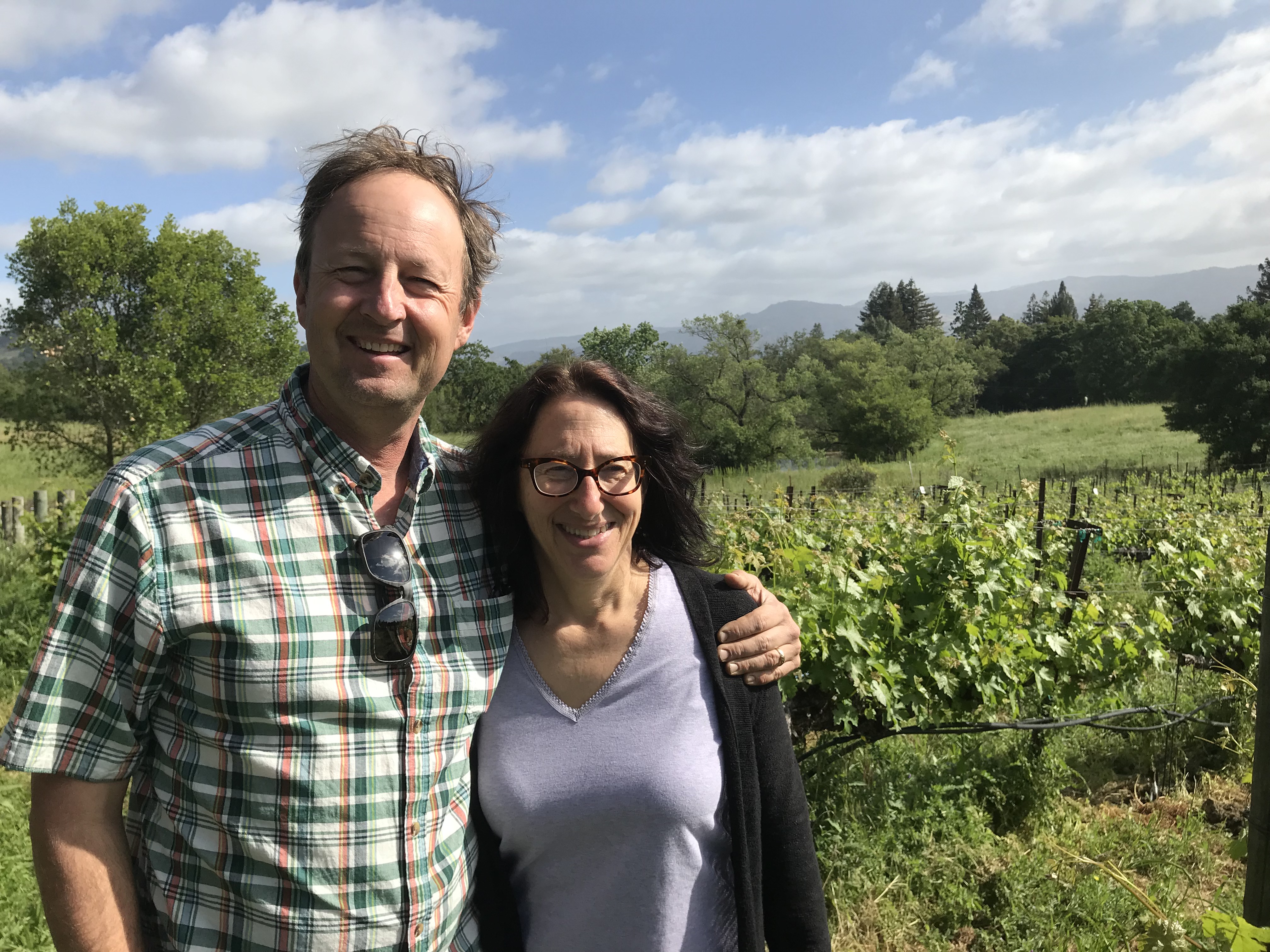When Steve and Jill Matthiasson bought the small winery on the parcel next to my husband and me, they planned to expand the gallonage from the permitted 5000 gallons and to increase visitation from the permitted two visitors a day. The small winery had been permitted under the Small Winery Ordinance many years before, being on a 5.75 acre parcel within the Ag Watershed.
We had known Steve and Jill as they had leased our vineyard for two years when it was clear managing it was beyond my aging husband. We liked them. They are certified organic, easy to work with, and responsive to our concerns and needs. Steve is both a grower and a fine winemaker with a national reputation, also an increasingly rare combination. We liked his moderate alcohol wines which he paired with the many vegetables and meats which he also grew and cooked.
What happened next was even more unusual. Steve and Jill immediately contacted neighbors, introducing themselves and their plans of expansion. We have had this happen before when new neighbors arrive with their dreams of wineries and vineyards. But this was different. Steve and Jill listened to feedback. Knowledgable neighbor growers and vintners thoughtfully studied their plans and then made suggestions: they were asking for 25,000 gallons. This is too much for the site, one neighbor told them after analyzing data. What about 18,000 gallons? And because of placement on a short driveway with four residences, what about visitation and events? Steve and Jill had suggested 25 visitors a day, but after talking with neighbors, this was reduced to 17 with 4 annual events of 30 people. This is the Ag watershed in a predominately quiet rural neighborhood. Over intensification of use is a big issue.
Perhaps the most striking accommodation they made—as part of their permit—is giving up using groundwater for irrigation and accepting water usage with an annual cap of 1.52 acre-feet for all uses on the property: house, winery, everything (residential usage along is about 0.75 acre-feet. An irrigated vineyard uses about 2.5 acre-feet). Yes, there is a small reservoir we share with the Matthiasson’s, but they are committing to almost dry farming, as we have. Water is too precious here, and we are told it may well become even more so in our changing climate. Our well produces a fraction of what it did when we drilled the last one some 30 years ago.
In this time in which temperatures are predicted to warm and rainfall to be more erratic, Steve is planting root stocks, St. George and 1103P, which would normally not be advisable for our Oak Knoll soils. These root stocks are more drought tolerant, but it also risks producing higher vigor and fruit shatter/smaller berries in the case of St. George. He also is experimenting with warm climate varietals: Sagrantino and Aglianico, and new trellis systems with wide crossbars to shield the fruit from the sun so irrigation is not necessary to keep the fruit in good condition. At his home property deep rooted native grasses are maintained between rows for sequestering carbon, and will be planted at the winery property. All landscaping is non-irrigated, native plants. The winery is also being set up to be completely solar, designed to be 100% electric. Solar panels will be added as soon as the roof repairs are permitted as part of the winery permit request.
In this time of radical climate change, we need to change the way we farm, and Steve and Jill are two of those growers/vintners who are leading the way. This includes not only innovative farming but also sensitivity to the neighborhood and the Ag watershed lands. They deserve our letters of support to the Planning Department. Comments should be directed to Emily Hedge, Planner III, Napa county Planning, Building &Environment, 1195 Third Street, Suite 210, Napa, CA, or emily.hedge@countyofnapa.org.

